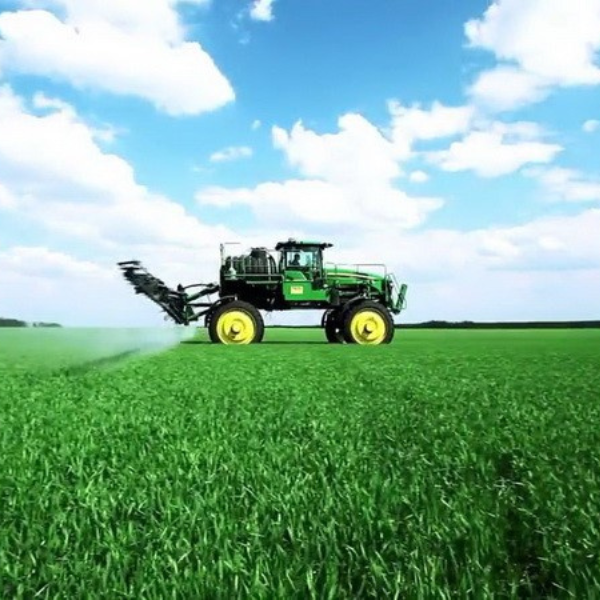Research Validated Strategies To Achieving 30% N Emissions
This year at the Manitoba Agronomists Conference Dr. Mario Tenuta shared some nitrogen management strategies that have proven to reduce nitrogen emissions. The government is making a push to reduce nitrogen emissions by 30%. So how do we do that without sacrificing yield?
The levels of nitrogen emissions vary based on weather conditions and soil type. Losses occur through volatilization, denitrification and leaching, and come from all N sources, including synthetic fertilizers, manure and crop residues.
Here are the four best strategies for managing those emissions:
Adding legumes into your crop rotation
The best thing you can do to reduce nitrogen emissions is to add legumes to your crop rotation. Legumes have a relationship with the bacteria in the soil, allowing them to take atmospheric nitrogen and convert it into a plant available form. There are no emissions associated with this process, and in a study performed in 2009 they saw that pea and lentil systems had just as few nitrogen emissions as the check strips (Zhong et al.). Therefore, adding legumes to your crop rotation reduces the cost of nitrogen inputs and helps to reduce on farm nitrogen emissions.
Nitrous oxide emissions associated with nitrogen fixation by grain legumes - ScienceDirectSplit applying nitrogen
Split applying nitrogen is the next best thing you can do to reduce nitrogen emissions. By spring banding some of your fertilizer and applying the rest in crop, you allow yourself the flexibility to change the rate of applied nitrogen based on what is happening with the weather that year. For example, in 2021’s drought a split application of nitrogen would have allowed you to reduce the amount of nitrogen applied to the crop, saving you cost and reducing the amount of nitrogen available in the soil to produce emissions.Using nitrification and urease inhibitors
The next step in reducing nitrogen emissions is using inhibitors. Inhibitors stop the first step in nitrification from happening, significantly reducing nitrogen emissions.
These inhibitors work to slow the nitrification process, reducing the amount of N emissions produced by N fertilizers.
It is important to know when to use each inhibitor. Urease inhibitors should be used when broadcasting urea, and nitrification inhibitors should be used when banding. Using a nitrification inhibitor on the soil surface works against the inhibitor, as it causes ammonium build up on the soil surface, increasing N emissions.
Using slow-release fertilizers
Polymer coated products such as ESN do help to reduce nitrogen emissions when compared to urea, however they are the least effective solution. ESN slows down the rate of nitrification, although not to the same degree as using an inhibitor. With timely rainfall, we can still see a significant amount of nitrogen emissions with ESN.
While using inhibitors or slow-release products are typically more costly than using urea, they are also more efficient than using straight urea. This helps to cover the extra costs of using them. Adding an inhibitor while using the same rate of nitrogen as before should cause an increase in yield. While it may not be enough to increase farm profitability, it would help offset the added costs. Alternatively, a lower rate of nitrogen could be applied to maintain yields while also reducing costs.
The government has given funding to two different programs in Manitoba, the Prairie Watershed Climate Program, and the Canola Council of Canada 4R Advantage program, to encourage the uptake of these practices. Both programs are offering funding for farmers who are willing to apply these practices on farm next growing season. To find out if these programs might be a good fit for you on your farm, give us a call at 204-736-2849.
-Beth Ens


